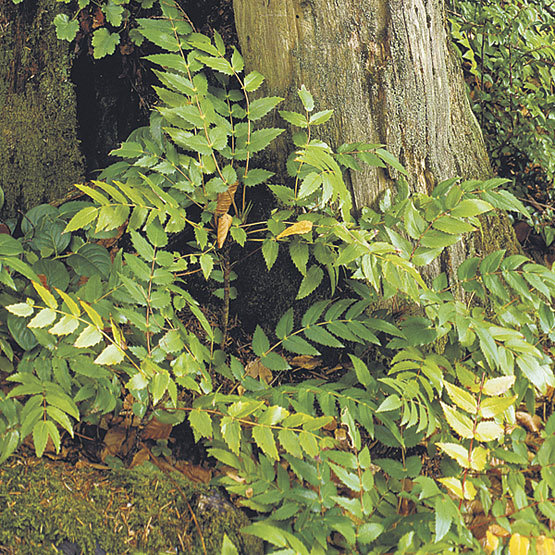
This genus of evergreen shrubs from woodland and rocky areas of the Himalayas, East Asia, and Central and North America is made up of species that are especially useful in shady conditions. They have handsome foliage resembling hollies and racemes or panicles of cup-shaped flowers (usually yellow) followed by purple or black berries that look like tiny grapes. Flowers are sometimes fragrant. Some species are also grown for their deeply fissured bark. Various species are valued as groundcovers or specimen plants, or for use in a shrub border or woodland garden.
Noteworthy CharacteristicsEvergreen, handsome leaves. Fragrant foliage, decorative fruits, interesting bark. Especially useful in shady conditions.
CareMost species prefer full or partial shade, but they will tolerate full sun if moisture is adequate. They need fertile, moist but well-drained soil rich in organic matter. Some species require excellent drainage and sun. Shelter from wind. Prune annually after flowering by removing dead or damaged growth and trimming wayward shoots.
PropagationSow seed outdoors in a seedbed or in pots as soon as ripe or in the fall. Stratify seeds for best germination rates. Root semi-ripe or leaf-bud cuttings from late summer to autumn.
ProblemsRust, leaf spots, galls, scale insects, and whiteflies.






















